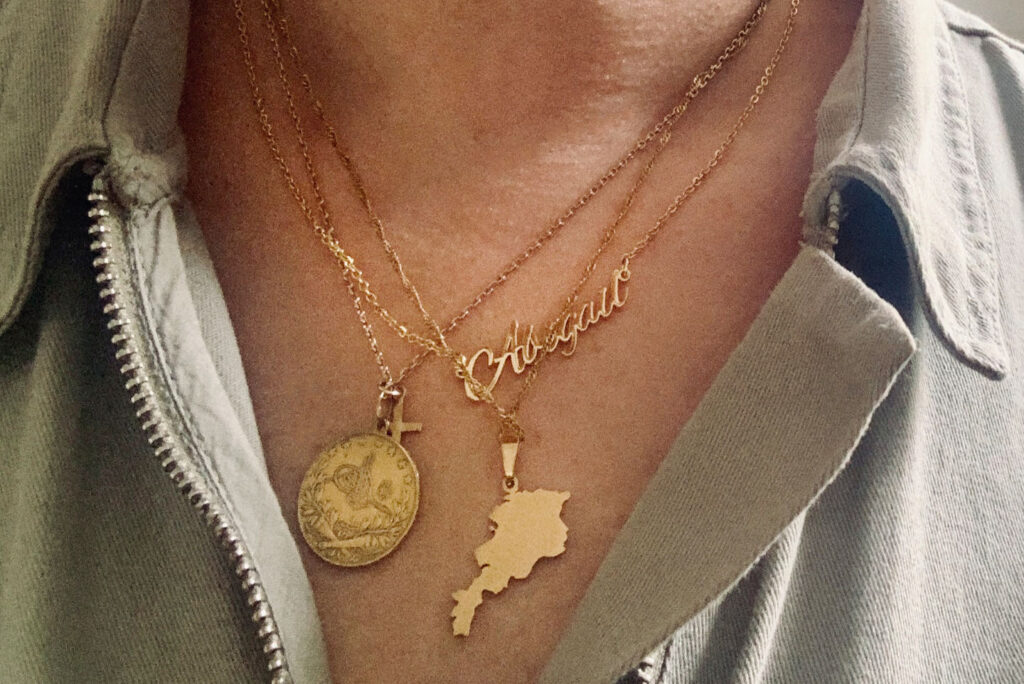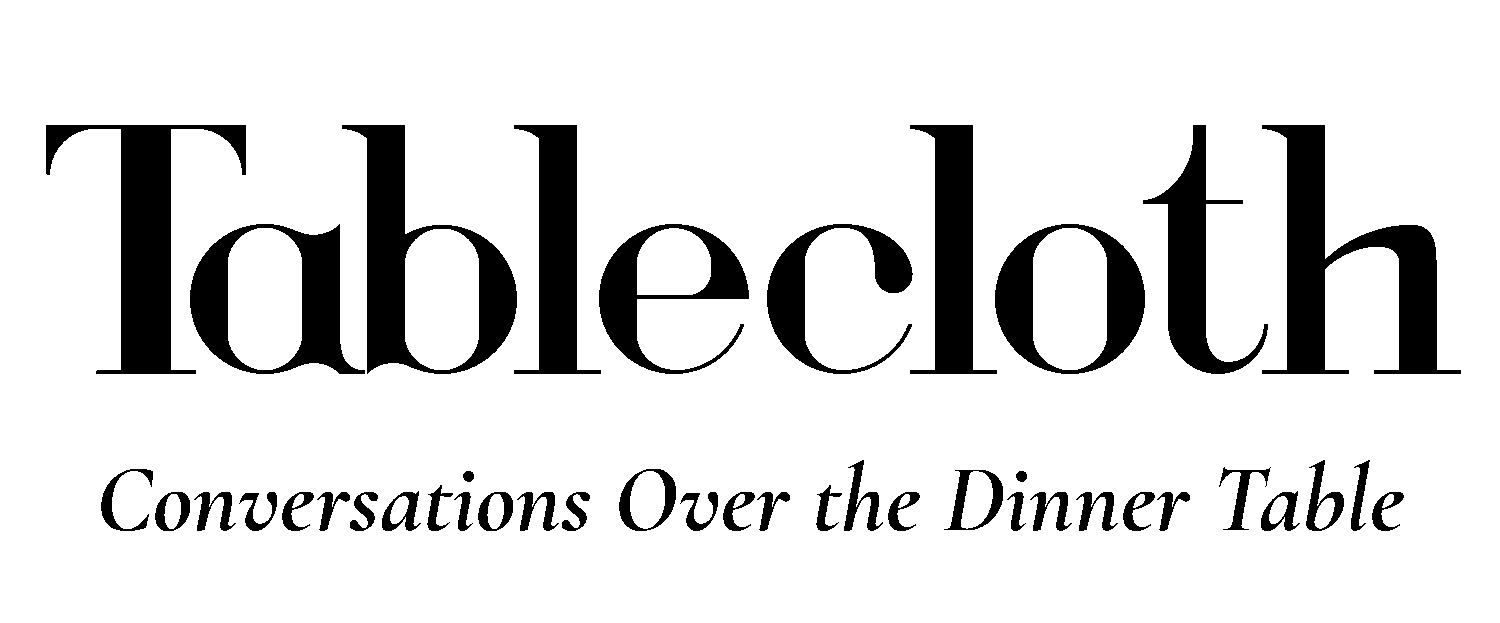The objects we own share unique insights about who we are, often provoking fascinating discussion. Here, we tell Abi’s story of her pendant that is part of her Armenian identity and a witness to the country’s genocide.

“I bring my fingertips to the edges of grooves of metal, tracing the reeded edging. Gold shimmers off the overhead lamp and reflects at me through a wine glass and I lose myself in my thoughts, what is the weight around my neck?
That weight around my neck is my grandfather’s hope. The coin change he spared from abolition and systematic killing of Armenians by the Turks of the Ottoman Empire. Viewed as “infidels” for their religious views, my family became subject to unequal treatment in a place he called home.
A piece of metal he once relied on for a roof over his head and food on the table. My fingertips lap the centre of the coin, a Tughra! A calligraphic monogram, carved and stamped with the Marque of the Ottoman Turkish Sultan. Symbolic laurel twigs and torches bound victory and honour into the golden coin now glinting back at me as it dangles between my fingers miles from where it once belonged.
Looking at the coin I see my grandfather running for his life. The change heft in his pocket growing larger with every step. Larger with everyone and everything he owned left behind. Larger with everything he knew left behind. Over land, across borders and oceans, value depleted from currency to weight worth, all within my grandfather’s pocket. Once a symbol of home and familiarity, now a reminder of a family legacy ravaged, stolen, and burned. Between 6000,000 and 1.5 million died, Armenians were slaughtered and still to this day the genocide goes unacknowledged. Ignored by the world and forgotten, all whilst the evidence dangles before me.
The weight around my neck is also my mother’s success. Welded with a chain, my mother received the coin pendent as a gift. Passed down and re-purposed, it was now the weight around her neck. A reminder of her success as well as of remembrance to the unrecognised story of a whole community, religion, and country. I fumble on the coin, flipping it over to reveal golden carved calligraphy laced in Arabic, “May he be victorious. 8; Struck in Constantinople. 1327.” Worn with pride and love, the necklace lay on her chest.
Unjust weight crafted into the coin, but it lay so peacefully. She handed it over to me with the weight a little more bearable to hold.
My grandfather turned the history of systematic killing that branded us and welded the coin into a vision of success. Now a family heirloom, the coin passed down to me.

The weight around my neck is my oxymoronic pathetic fallacy. I wear the pendent around my neck for the sake of love. A constant reminder of my grandfather’s life, that like many other Armenian’s, faced genocide and the obliteration of his entire identity. For the love of my mother, I wear the pendent with pride. To recognise her achievements and the lasting love between us. I wear the pendent for my culture. I wear it daily for the sake of Armenian’s currently living with further threat of violence and for the hope that one day our story becomes recognised and told. The weight around my neck is the love, sacrifice, soul, and mind of who I am. The inspiration to my work, the reasoning behind my words. I tell our story with pride, even when the people hurting us don’t want us to.
I lay the necklace down on my chest, turning my thoughts and back to the dinner table where glasses clank together and loud chatter fills the room.
I take a lemon wedge, squeezing it over my Lahmajun sitting in front of me and take a huge bite, salvaging my culture through my tastebuds.
The Near East Foundation is a charity set up in response to the 1915 Armenian Genocide and now works with communities throughout the Caucasus, Middle East, and Africa to help provide more “Knowledge, Voice, and Enterprise” through education, community organising, and economic development. To support, learn or donate, search “The Near East Foundation”.
